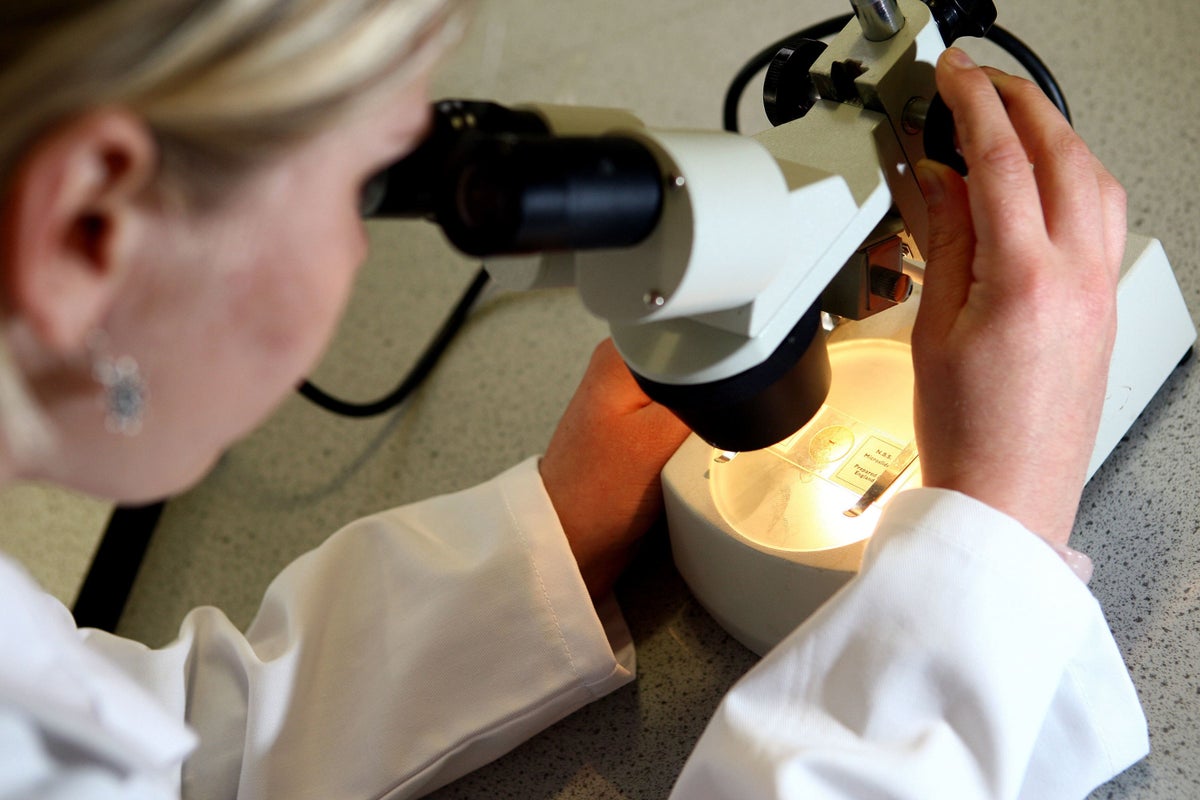
A new study is the first to identify a molecule in urine that can reveal early-stage Alzheimer’s disease.
The research suggests the finding could pave the way for an inexpensive and convenient test for the disease.
In other words, it may be possible that a simple urine test to analyse formic acid – a sensitive urinary biomarker – could reveal if someone has early-stage Alzheimer’s disease.
The researchers tested 574 people who had Alzheimer’s disease of different levels of severity or healthy people, to identify differences in urinary biomarkers.
This is an exciting discovery as it offers a potential new way of detecting Alzheimer’s disease, that is less invasive and more cost-effective than current methods of diagnosing the disease— Sian Gregory, Alzheimer’s Society
They found that urinary formic acid is a sensitive marker of subjective cognitive decline (self-reported experience of worsening or more frequent confusion or memory loss) that may indicate the very early stages of Alzheimer’s.
Current methods of diagnosing the condition are expensive, inconvenient, and unsuitable for routine screening.
Researchers suggest this means many patients only receive a diagnosis when it is too late for effective treatment.
The study authors from Shanghai Jiao Tong University, and Institute of Biophysics, Chinese Academy of Sciences, said: “Alzheimer’s disease is a continuous and concealed chronic disease, meaning that it can develop and last for many years before obvious cognitive impairment emerges.
“The early stages of the disease occur before the irreversible dementia stage, and this is the golden window for intervention and treatment.
“Therefore, large-scale screening for early-stage Alzheimer’s disease is necessary for the elderly.”
The scientists analysed people’s urine and blood samples and performed psychological evaluations.
They found that urinary formic acid levels were significantly increased in all the Alzheimer’s groups compared with the healthy people, including the early-stage cognitive decline group, and correlated with a cognitive decline.
According to the researchers, this suggests formic acid could act as a sensitive biomarker for early-stage Alzheimer’s disease.
When formic acid levels were analysed in combination with blood tests, the study found what stage of the disease the patient was experiencing could be more accurately predicted.
The study authors say further research is needed to understand the link between Alzheimer’s and formic acid.
But writing in the Frontiers in Aging Neuroscience journal, they said: “Urinary formic acid showed an excellent sensitivity for early Alzheimer’s screening.
“The detection of urine biomarkers of Alzheimer’s is convenient and cost-effective, and it should be performed during routine physical examinations of the elderly.”
Sian Gregory, research information manager at Alzheimer’s Society, said: “This is an exciting discovery as it offers a potential new way of detecting Alzheimer’s disease, that is less invasive and more cost-effective than current methods of diagnosing the disease.
“This has never been more important, with diagnosis rates for dementia at a five-year low.”
She added: “Research like this could give us new tools to revolutionise the way we detect Alzheimer’s disease to help target treatments to the right people at the right time.”
Dr Sara Imarisio, head of strategic initiatives at Alzheimer’s Research UK, said: “While a combination of blood and urine diagnostic markers could one day provide tests that help improve the accuracy of Alzheimer’s diagnoses for people across the UK, we still need further research to understand how formic acid in urine is linked to the disease.
“We need to see larger studies that follow more people over longer time periods, which would help to evaluate whether formic acid in urine could be used as a biomarker for Alzheimer’s.”







